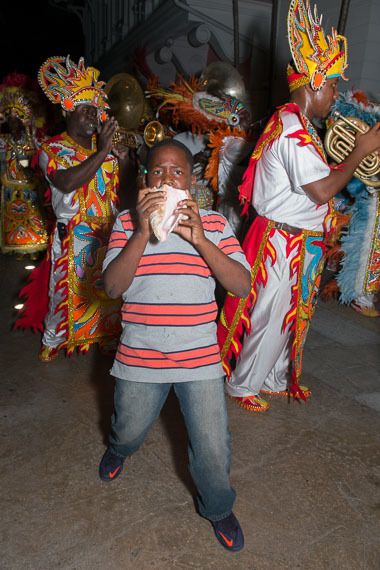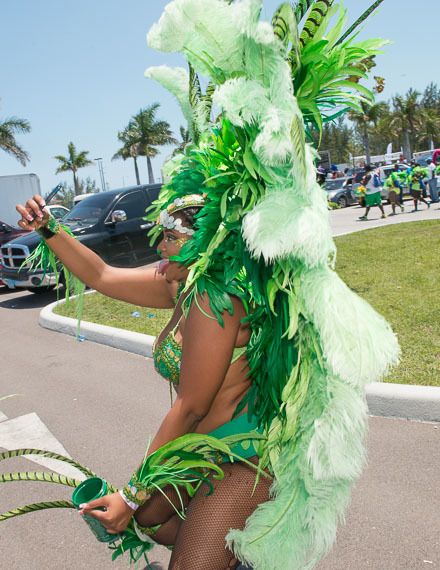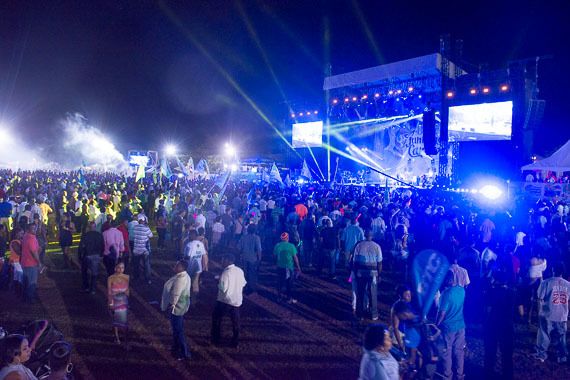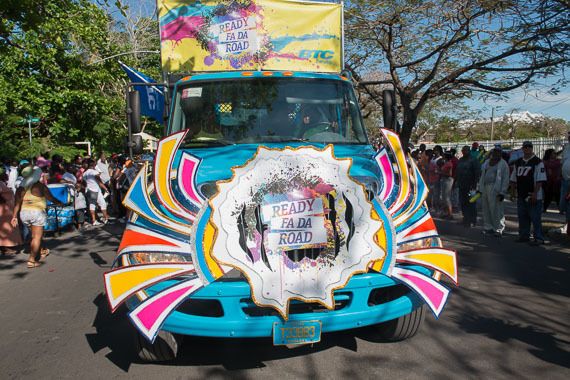
Most visitors to the Bahamas envision beach or poolside relaxation, or aquatic activities like boating and snorkeling, or just dining and shopping at one of the large resorts on the islands. In Nassau, the capital, the most significant resort is Atlantis, a vast array of six hotels, 21 restaurants, 19 bars, a casino, aquarium, and water park, which could be described as Disney meets Las Vegas in the Bahamas.
There are ways to see another side of the Bahamas. If you want to get away from typical resort fare there’s local seafood prepared simply at a fish shacks by the bridge connecting the resort to the rest of Nassau. Or, for nightlife, the “fish fry” on the Arawak Cay near downtown Nassau, a short taxi ride, offers open air dining and a festive atmosphere.

Want to experience some of the local culture of the Bahamas? Check out the Bahamas Junkanoo Carnival. Combining years of musical tradition in a relatively new celebration, this happens in May, off-season from other pre-Lenten festivities.
You’ll have a chance to experience traditional Bahamian culture, music and food, and also enjoy some of the modern manifestations of the music scene, as well as the opportunity to “jump up” and parade with one of the “road fever” companies that march in the streets of Nassau.
The Bahamas have a rich musical heritage for a relatively small country. One of the major traditions, even in slavery times, was junkanoo. Slaves were allowed three days off at Christmas; they danced and sang in the streets to rejoice. After slavery was abolished in 1834, the practice of junkanoo continued. Now, it is a huge festival celebrated annually on Boxing Day (December 26) and New Years Day. While the origin of the term is under dispute, the most accepted version is that the word junkanoo comes from the name John Canoe, an African prince in the 17th century, who was a hero to the slaves.
Junkanoo is a large parade with music and dance and intricate displays. Musically, junkanoo utilizes brass (trombone, trumpet, cornet), drums (tom-tom, bass drum), cowbells, metallic oil-barrel drums with goatskin heads, and piercing whistles behind dancers with elaborate costumes parading in formations of hundreds. Foghorns, bicycle horns, bugles and the conch shell’s trumpet blast (in slavery times used as a signal heard across the island) are incorporated into the wall of sound, and the parade is reminiscent of both New Orleans second-line shuffle and West African ritual procession.
As Wyclef Jean put it, “If you march in a junkanoo parade, within 10-15 minutes you’re in a trance.”
Costume designs are fiercely guarded secrets, as every year a new design must be rolled out “on da road” when the junkanoo goes for its “midnight run,” sometimes featuring towering displays 15 to 20 feet high.
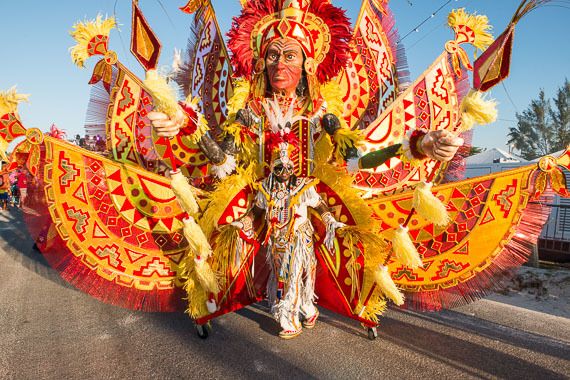

The main center for the Bahamas Junkanoo Carnival activities is “Da Cultural Village.” With palm trees lining the bay and a stunning beach in the middle of the city, the Village featured a main stage and a large area for the public with over 40 local vendors of Bahamian cuisine and drink. There were many varieties of the local delicacy, conch. Also on hand: spicy and sweet jerk chicken, grouper, shrimp, among other seafood. You can wash it down with a cold local beer, Kalik, or the infamous frozen cocktail Bahama Mama (or Bahama Papa). Be careful, because Bahamians like their drink very strong—a few too many and you’ll understand why the locals would say you’re “bus’up” (busted up).
Besides the full junkanoo orchestras, pop music of soca and reggae borrowed from Caribbean neighbors Trinidad and Jamaica, there is the indigenous “rake ‘n’ scrape” groups, producing a sound made from scraping simple instruments like saws over the percussive rhythm of goatskin drums.
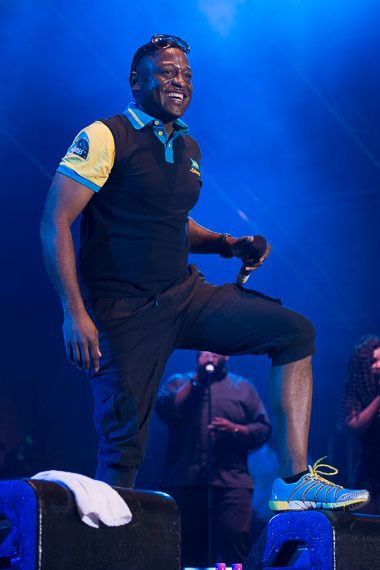
According to D Mac, a young Bahamian star known for combining rake ‘n’ scrape with modern rhythms, “Rake ‘n’ scrape uses the saw and the drum, while junkanoo uses a different rhythm. What I do is fuse them together, and create this junka-rake ‘n’ scrape type of sound. The sound is so exciting, it’s new.”
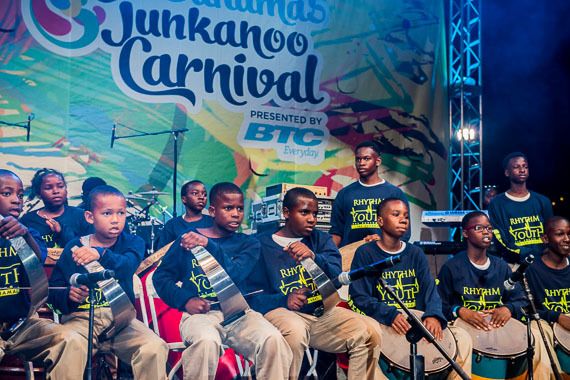
The night before the Carnival parade, the Music Masters Song Competition featured local Bahamian groups who fuse traditional rhythms with pop, all vying for the top prize: $20,000 cash and a record deal with Sony Music.
Headliner Wyclef Jean came out in full junkanoo regalia for his first song. He pulled out old Fugees songs, some local carnival tunes, Caribbean soca and reggae songs, switching between electric guitar, synthesizer and vocals. He jammed with a group of junkanoo musicians and dancers. He strove for a connection with the people, jumping off the stage to rap directly to the audience. As the evening wore on, he shouted, “they are telling me my time is up. I’m still not done. I’m not going anywhere!”

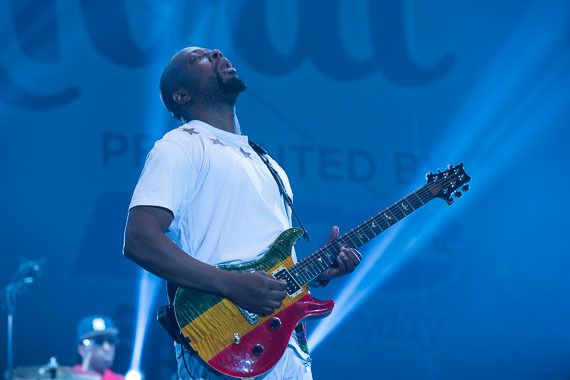
The next morning was Carnival Saturday as participants trickled in after a few hours of rest to gather with their road fever companies. With last-minute costume adjustments, paraders gathered around the flatbed trailers housing the D.J., sound system, mobile bar, and 20-foot-high speakers blasting carnival rhythms in the noonday sun. Costumes were bikinis and feathered headdresses for the ladies, and tribal or pirate themes for the guys, with some exceptions: a sparkling gold bird of paradise from Grand Bahamas Island; a British monarch; a Spanish conquistador, and a homage to the late musical genius Prince.
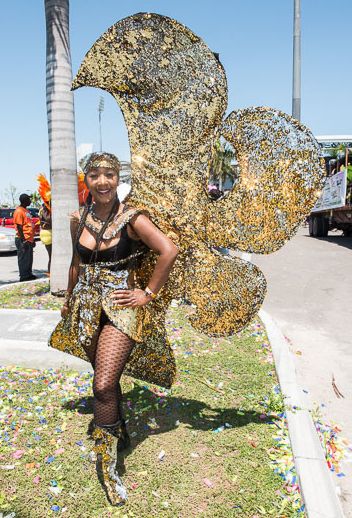

Visitors from other countries participated, too. Stephanie Be, an American travel blogger, wore a Bahamian feathered costume and paraded with Miss Grand Bahamas in her road fever company. Avionne Mark, a travel and hospitality student, came for a few days to compare this carnival with that of her native Trinidad and “experience the experience.”

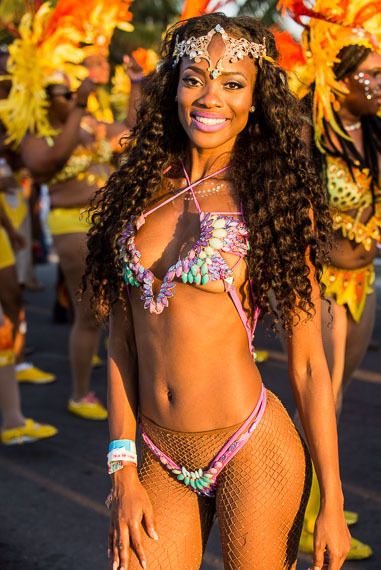
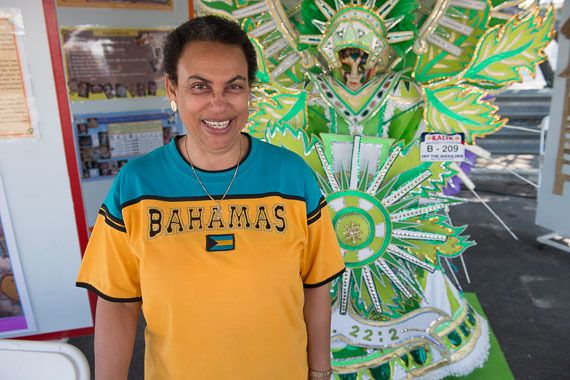
Arlene Nash Ferguson, director of the Junkanoo Cultural Museum in Nassau noted, “Even in this modern carnival you see the traditional straw costumes. One of the purposes of the introduction of this carnival was to stimulate small Bahamian businesses. So the carnival companies were encouraged to use indigenous materials in their costumes.”
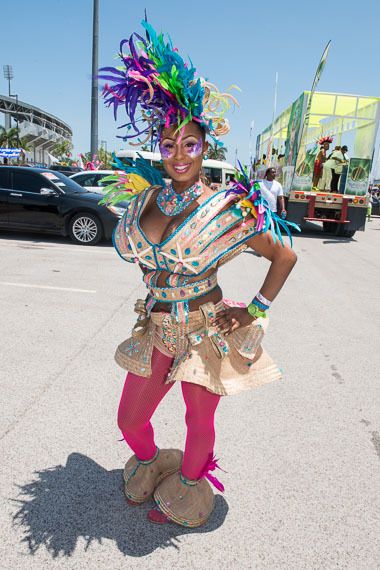
While the festival was very well attended and organized, clearly there were some growing pains in this second annual event. The biggest question: Where was the junkanoo? The event is called “Bahamas Junkanoo Carnival” but there wasn’t much junkanoo during the actual parade. There were hourly “runs” where the bands would do mini-parades with groups of 10 or 20, largely to give the tourists a brief taste of traditional junkanoo.
There’s a clash between those who fiercely guard the junkanoo culture, and those who want to expand the reach of the carnival concept in the Bahamas. The traditional junkanoo groups spend time and money to create handmade costumes and to practice the music.
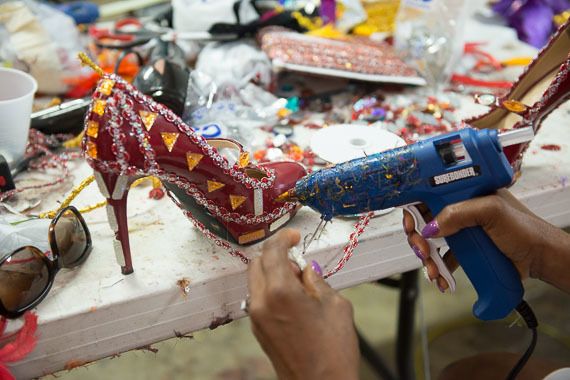
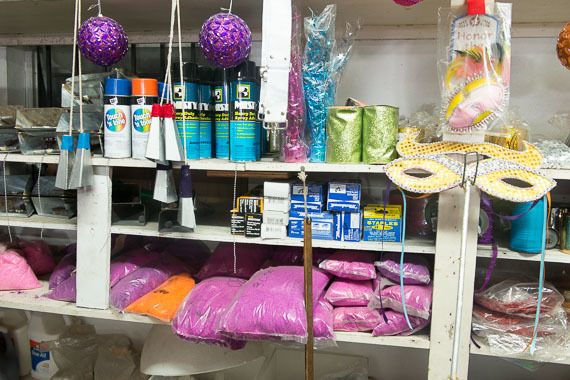
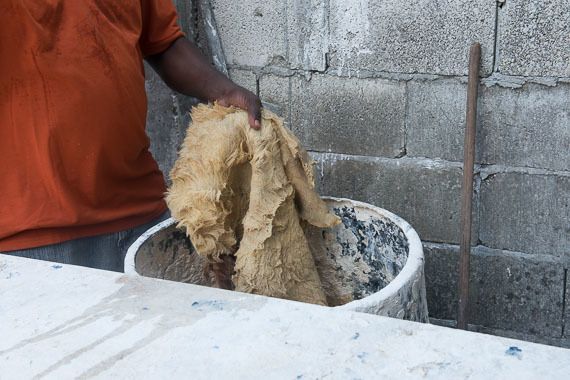
Quinton Woodside, leader of the “Barabbas Tribe” carnival group explains, “Traditional junkanoo costumes were built from over 5,000 sheets of paper, which are cut then glued. It takes two or three days to make a simple mask, costing around $500.”
Chris Justilian, director of the junkanoo group, Colors, explains: “That’s something that the carnival is taking away from—when you spend time to develop your costume, and you don’t just go and pay for it, it’s a big difference. It takes some time, some sweat. It’s a personal investment. That’s one of the major differences between carnival and junkanoo.
“Also with junkanoo we do our own music. It’s not like carnival where they put the records on their truck with the blaring speakers. Junkanoo is: I’m beating my drum, blowing my horn, and performing that instrument.
When Justilian saw that the many of the carnival groups were just modeling after Trinidad’s carnival: “The music, the style of costuming, everything was just transplanted, and they just brought it back. For me that was unfortunate and quite disappointing. But, like we say, ‘it is what it is'.”
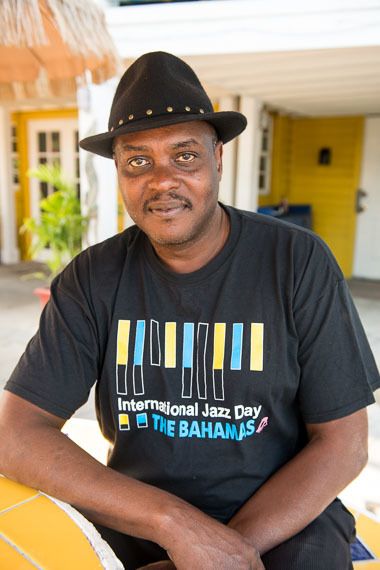
For such a young carnival, the Bahamas has a naturally stunning setting, great food, warm and friendly people, and a longstanding cultural tradition. There are some growing pains, and some issues regarding the clash of culture vs. commerce. Their challenge: how to appeal to an expanding audience at home and abroad, while maintaining their unique cultural identity. It should be quite interesting to watch.
Jason Gardner is a photographer, journalist and book publisher. With his imprint Visual Anthropology Press, he recently published A Flower in the Mouth, a book of photography and writing about the culture, music and rituals of Carnaval in Pernambuco, Brazil. Jason has also branched out to photograph other manifestations of this festival in Dominican Republic, Trinidad, New Orleans, Cajun country in Louisiana and Brooklyn, NY. http://www.jasongardner.net/

